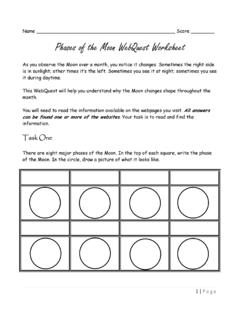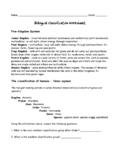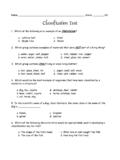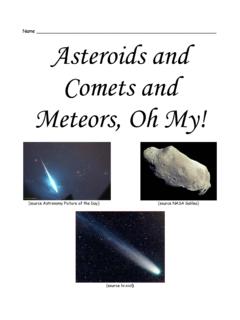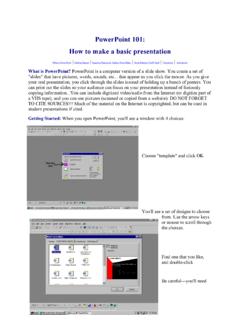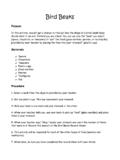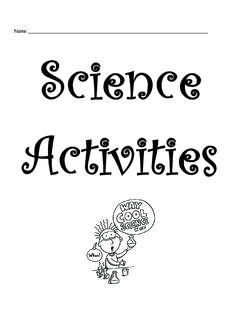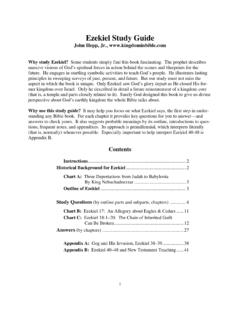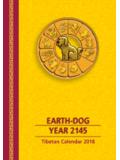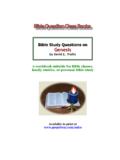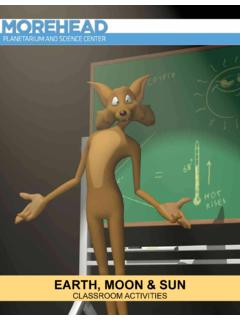Transcription of 6th Grade Standard I Rubric - mrscienceut.net
1 6th grade standard i rubric Standard I: Students will understand that the appearance of the moon changes in a predictable cycle as it orbits earth and as earth rotates on its axis. Objective 1: Explain patterns of changes in the appearance of the moon as it orbits earth . o Identify the pattern of change in the appearance of the moon during a month. o Conduct an investigation using a chart, and collect data depicting the phases of the moon . Objective 2: Demonstrate how the relative positions of earth , the moon , and the Sun create the appearance of the moon s phases. o Identify the difference between the motion of an object rotating on its axis and an object revolving in orbit.
2 O Compare how objects in the sky (the moon , planets, stars) change in relative position over the course of the day or night. o Model and identify the movement and relative positions of earth , the moon , and the Sun. Level 4 In addition to understanding Level concepts, the student will: Display the ability to apply an in-depth understanding of moon phases to real life situations. Demonstrate an understanding of different reasons why the moon might not be visible at certain times of night and/or month. Level 3 In addition to understanding Levels 2 and 1 concepts, the student will: Looking at a picture of earth , moon , and Sun, be able to tell what phase of the moon would be seen from earth .
3 Identify and label moon phases in the correct order. Predict what phase of the moon will occur in a specified amount of time (1 week, 2 weeks, etc.) Level 2 In addition to understanding Level 1 concepts, the student will: Name the four major phases of the moon . Comprehend that the moon doesn t actually change shapes during the month. Understand rotation and revolution. Level 1 The student will: Identify and label a new moon and a full moon . Understand that the moon doesn t always look the same. 6th Grade Standard II Rubric Standard II: Students will understand how earth s tilt on its axis changes the length of daylight and creates the seasons.
4 Objective 1: Describe the relationship between the tilt of earth 's axis and its yearly orbit around the Sun. o Explain that earth 's axis is tilted relative to the season and its yearly orbit around the Sun. o Using a drawing and/or model to investigate the relationship between the amount of heat absorbed and the angle to the light source. Objective 2: Explain how the relationship between the tilt of earth 's axis and its yearly orbit around the Sun produces the seasons. o Compare the hours of daylight and illustrate the angle that the Sun's rays strikes the surface of earth during summer, fall, winter, and spring in the Northern Hemisphere.
5 O Use collected data to compare patterns relating to seasonal daylight changes. o Explain why the seasons are reversed in the Northern and Southern Hemispheres. Level 4 In addition to understanding Level concepts, the student will: Infer a city s general location on earth based on the number of hours of daylight it receives and the month of the year. Demonstrate the ability to apply an in-depth understanding of earth s tilt/seasons to real life situations. Level 3 In addition to understanding Levels 2 and 1 concepts, the student will: Be able to look at a picture of the earth s relative position to the Sun and tell what season is represented.
6 Understand the earth s tilt and revolution around the Sun cause the seasons. Recognize the angle of the Sun s rays affects the four seasons due to intensity and length of day. Explain why the seasons are reversed in the northern and southern hemispheres. Level 2 In addition to understanding Level 1 concepts, the student will: Know that seasons are reversed in the Northern and Southern Hemispheres. Understand that earth s distance from the Sun does not cause seasons. Level 1 The student will: Name the four seasons in order. Know the earth s axis is tilted relative to its orbit around the Sun.
7 Recognize which months have the longest and shortest daylight hours. 6th Grade Standard III Rubric Standard III: Students will understand the relationship and attributes of objects in the Solar System. Objective 1: Describe and compare the components of the Solar System. o Identify the planets in the Solar System by name and relative location from the sun. o Using references, compare the physical properties of the planets ( , size, solid or gaseous). o Use models and graphs that accurately depict scale to compare the size and distance between objects in the Solar System. o Describe the characteristics of comets, asteroids, and meteors.
8 Objective 2: Describe the use of technology to observe objects in the Solar System and relate this to science s understanding of the Solar System. o Describe the use of instruments to observe and explore the moon and planets. o Describe the role of computers in understanding the Solar System ( , collecting and interpreting data from observations, predicting motion of objects, operating space probes). o Research and report on the use of manmade satellites orbiting earth and various planets. Objective 3: Describe the forces that keep objects in orbit in the Solar System. o Describe the forces holding earth in orbit around the sun, and the moon in orbit around earth .
9 O Relate a celestial object s mass to its gravitational force on other objects. o Identify the role gravity plays in the structure of the Solar System. Level 4 In addition to understanding Level concepts, the student will: Explain why our knowledge and description of the Solar System changes. Describe how exploration of the Solar System affects peoples lives on earth . Level 3 In addition to understanding Level 2 and 1 concepts, the student will: Name and identify characteristics of objects in the Solar System. Identify the different technologies used to study and understand the Solar System.
10 Explain the difference between manmade and natural satellites. Understand how gravity and mass affect objects in the Solar System. Level 2 In addition to understanding Level 1 concepts, the student will: Identify gas and rocky planets. Name the eight planets in order of distance from the Sun, Understand that gravity holds the Solar System together. Explain how telescopes and space probes help scientists understand the Solar System. Level 1 The student will: Know that the Sun is the center of the Solar System. Understand that distant stars are not part of the Solar System.

